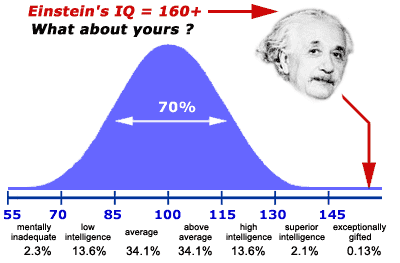Can adults really learn from kids? Adora aged 12 seems to
think so! Adora Svitak explains throughout the speech how adults should learn
from children, as children are full of creativity and new ideas.
(TED,2010)
The method I am going to use to take notes on this
video is the mind mapping method. I find this method works best for me as
I am a visual learner, according to Golon (2010) 'Visual learners remember
what they see, but forget what they hear'. Mind maps involve placing the
main idea in the middle of the page and drawing different words, images and
symbols to represent information about the topic around this. This can be seen in the image
below of the notes I took on Adora's speech (Click to enlarge)
Overall I learnt a lot from both the video. Adora
speaks with passion about the creative ideas of children she explains age shouldn’t
matter when people are making an impact on the world she backs this up by
taking about Anne Frank, Ruby Bridges and Charlie Simpson. She also
refers to a glass workshop that's in place in Washington, where children
come up with creative ideas and turn them into glass pieces. This proves that
children can make their dreams a reality.
I really agree with Adora's point that children should teach
teachers can learn something from others, even children. She makes the speech
personal as she talks about her own experiences also. Such as writing
stories on a laptop at a young age and publishing a book which led to being
invited to give talks. The main point of the speech was that if children are
listened too and are given good opportunities they can lead and be
successful as they are going to be next generation.
This young girl
really brought back memories of when I growing up I felt I wasn't listened too
as much as my older sister was even though I had good knowledge and information
too.
Reference List
Golon, A. (2007) 'Identifying, Nurturing, Living and Working with Visual- Spatial Learners' [online] Available at: http://www.visual-learners.com [accessed 6 December 2012]
TED (2010). Adora Svitak: What adults can learn from kids' [video online] Available at: http://www.ted.com/talks/adora_svitak.html [accessed 5 December 2012]



